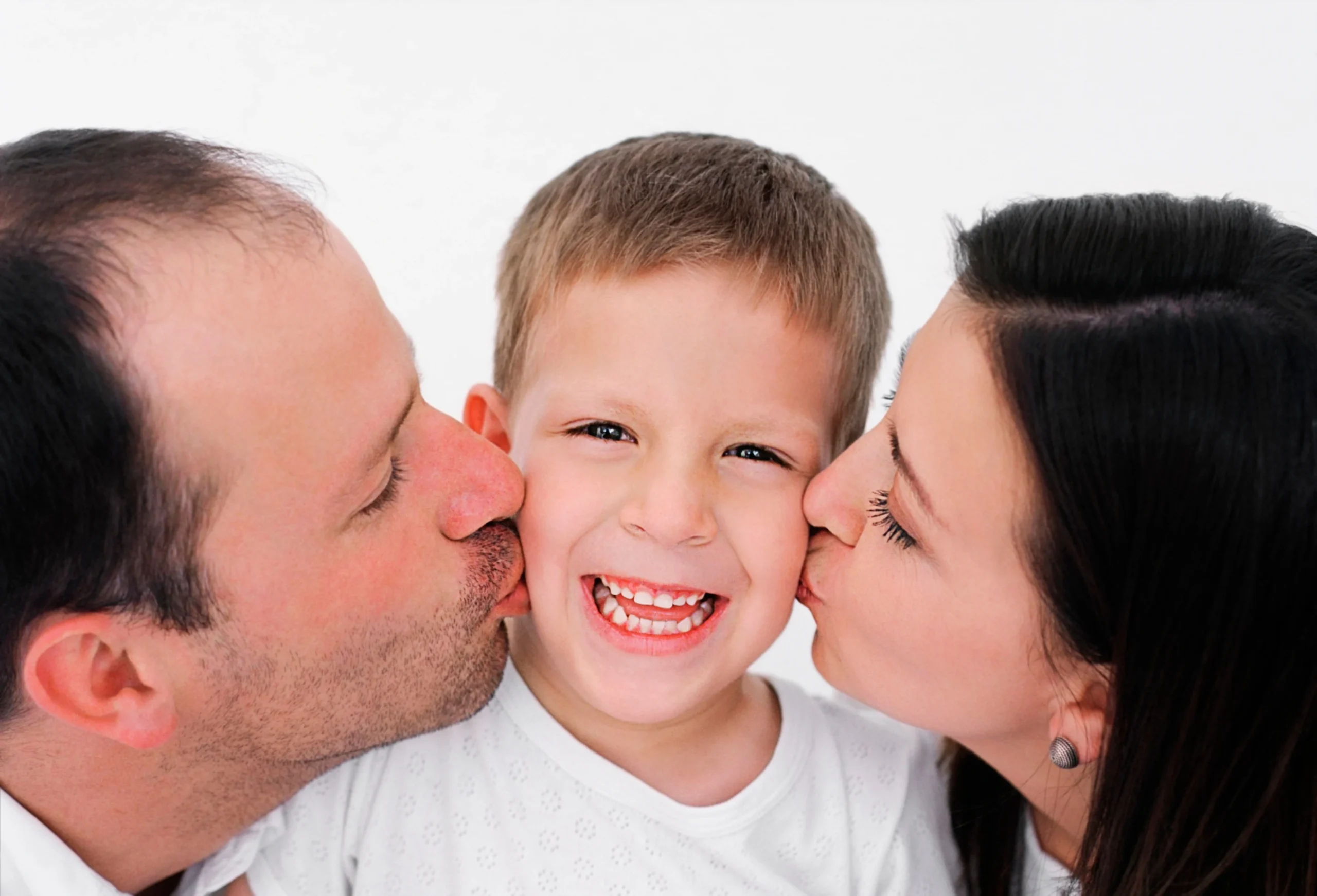Divorce changes the structure of a family, but it doesn’t diminish the shared responsibility of raising children together. For many parents, learning how to navigate co-parenting after divorce becomes one of the most important journeys that follow the end of a marriage. The goal is simple yet powerful: create a healthy, stable, and nurturing environment for your children—even when you and your former spouse no longer share the same home. Building a positive co-parenting relationship takes patience, communication, and a commitment to putting your children first.
Why Positive Co-Parenting Matters
Children thrive on stability, consistency, and emotional security. Even when parents part ways, kids can adapt very well if they see cooperation, respect, and calm interactions between the adults they love.
A strong co-parenting partnership can:
- Reduce anxiety, stress, and confusion for children
- Improve overall emotional well-being
- Help kids maintain secure attachments with both parents
- Establish predictable routines
- Model healthy conflict resolution and communication
When parents communicate effectively and minimize conflict, children feel safe—and that safety becomes the foundation for their growth.
1. Put the Children First—Always
The golden rule of co-parenting is simple: Your children’s needs outweigh everything else.
Even if the relationship between you and your ex is strained, your kids shouldn’t feel caught in the middle. Decisions should be based on:
- What is best for them emotionally
- How their routines and schedules are affected
- Their developmental needs
- Their sense of connection and belonging with both parents
You don’t need to be close friends with your ex-spouse—but you do need to work as teammates for the sake of your children.
2. Create Clear, Respectful Communication
Effective co-parenting starts with communication that is:
- Neutral
- Child-focused
- Consistent
- Respectful
You may choose to communicate through:
- Messaging apps
- Shared calendars
- Co-parenting platforms
- Email
- Brief, focused conversations
Avoid emotional triggers or rehashing old marital issues. The goal now is to collaborate, not debate the past.
3. Establish a Structured Parenting Plan
A well-designed parenting plan can prevent misunderstandings and conflict by outlining:
- Custody schedules
- Pick-up and drop-off routines
- Holiday arrangements
- School responsibilities
- Health decisions
- Emergency guidelines
Having everything documented keeps things predictable and prevents unnecessary tension.
4. Keep Consistent Routines Between Homes
Kids feel more secure when rules and expectations are similar in both households—even if they aren’t identical.
Try to agree on:
- Bedtimes
- Homework routines
- Screen-time limitations
- Chores
- Mealtimes
- Disciplinary approaches
Consistency helps children transition smoothly between homes and understand what’s expected of them.
5. Show Respect and Keep Negative Emotions Away From the Children
Regardless of your personal feelings, speaking negatively about your ex in front of your kids can harm them emotionally.
Avoid:
- Criticizing or blaming the other parent
- Forcing kids to take sides
- Using children as messengers
- Venting about disagreements where they can hear
Maintain a neutral or positive tone about the other parent. Your children deserve the freedom to love both of you without guilt.
6. Allow Flexibility When Needed
Life is unpredictable—school events, travel delays, illness, or work emergencies can cause sudden changes. A cooperative mindset benefits everyone.
If one parent needs a schedule adjustment, communicate openly and respectfully. Flexibility shows children that their parents can handle challenges calmly and maturely.
7. Set Healthy Boundaries
Healthy boundaries help prevent conflict. These may include:
- Agreeing on communication styles
- Respecting each other’s time and schedules
- Avoiding personal interrogation
- Keeping conversations focused on the children
- Not intruding on the other parent’s personal life
Boundaries ensure that both parents feel respected and that emotional conflicts are minimized.
8. Learn to Manage Emotions and Conflict Peacefully
It’s normal for disagreements to arise. What matters is how you handle them.
Tips for peaceful conflict resolution:
- Stay calm
- Take breaks when conversations become heated
- Focus on solutions, not blame
- Listen actively
- Use “I” statements
- Consider mediation if needed
If communication becomes too difficult, work with a counselor or co-parenting coach to develop healthier patterns.
9. Encourage Strong Relationships With Both Parents
Children benefit greatly from knowing that both parents support their relationship with the other. Encourage your child to call or visit the other parent when appropriate, and celebrate the unique role each parent plays.
Support your children’s emotional connection by:
- Being enthusiastic about time spent with the other parent
- Showing interest in their experiences
- Minimizing jealousy or resentment
- Prioritizing their bond over personal frustrations
This fosters emotional security and healthy development.
10. Seek Professional Support When Needed
Counselors, therapists, mediators, and family coaches can help parents overcome communication barriers, manage conflict, or develop a workable co-parenting plan. Seeking help is not a sign of weakness—it’s a sign of commitment to your children’s well-being.
Conclusion
Building a positive co-parenting relationship after divorce takes effort, patience, and emotional maturity. While divorce marks the end of one chapter, it also opens a new opportunity to redefine how you work together as parents. By communicating respectfully, prioritizing your children, and maintaining consistency, you can build a stable and loving environment—one where your children continue to thrive.
A peaceful co-parenting relationship is possible, and it starts with the shared goal of giving your children the best future.



































